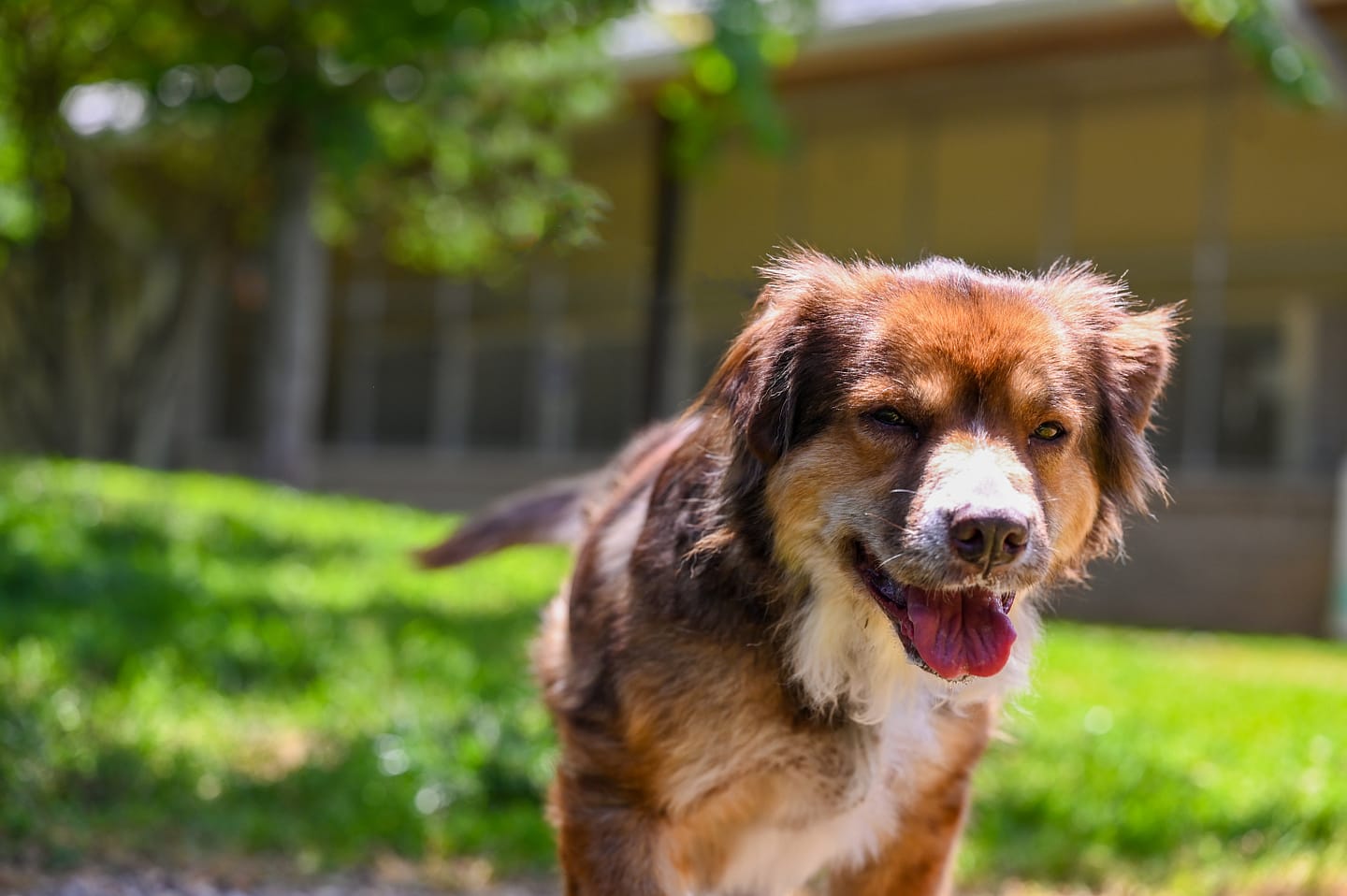Just how to Select the Right Approach for Successful Dog Training
Just how to Select the Right Approach for Successful Dog Training
Blog Article
Important Tips for Successful Dog Training: A Guide for Pet Owners
Efficient canine training is a diverse procedure that needs a tactical approach tailored to both the family pet's temperament and the owner's purposes. Trick components such as developing regular commands, employing favorable support, and facilitating very early socialization play important roles in cultivating a well-adjusted canine buddy. Many pet proprietors experience challenges that can hinder development, leading to stress and uncertainty. Recognizing just how to browse these challenges can dramatically boost the training experience, ultimately changing the partnership between owner and pet dog. What are the important strategies that can be utilized to make sure success in this endeavor?
Comprehending Dog Behavior
Comprehending canine actions is crucial for efficient training and promoting an unified partnership between dogs and their proprietors. Pet dogs communicate mainly through body movement, vocalizations, and activities, making it essential for owners to interpret these signals accurately. Acknowledging a canine's position, tail position, and ear alignment can give insights into its emotion. For example, a wagging tail does not always indicate joy; it can additionally signal exhilaration or anxiousness.

Socializing plays a substantial role in canine behavior; direct exposure to various settings, people, and other animals can considerably influence a pet dog's personality. Additionally, elements such as breed qualities and specific personality ought to guide training methods, as some breeds might have particular behavioral attributes that require tailored techniques. By understanding these elements, proprietors can develop a supportive setting that encourages favorable actions, resulting in effective training results and a much deeper bond with their pets.
Developing Constant Commands
Effective interaction with your pet starts with developing regular commands. This fundamental aspect of training is critical for promoting understanding in between you and your pet dog. Uniformity in the commands you make use of makes sure that your pet dog can reliably associate particular words or phrases with the wanted behaviors.
When choosing commands, choose clear, unique words that are very easy to say and differentiate from each other. Prevent utilizing similar-sounding commands that might puzzle your canine. For instance, using "rest" and "remain" is suitable, yet "rest" and "hit" can lead to misconceptions.
Furthermore, keep the same tone and volume for each command. Pet dogs are delicate to vocal cues, so varying your tone can create confusion.
It is just as crucial to ensure that all household members are on the very same web page concerning the commands made use of. A united front in command use will avoid combined signals and reinforce the understanding process.
Positive Reinforcement Techniques
The power of positive support in pet dog training exists in its capability to motivate wanted habits through incentives and appreciation. This method is based in the principle that habits followed by desirable outcomes are more probable to be duplicated. By incorporating positive support into your training regimen, you can properly form your pet dog's behavior in a constructive fashion.
To apply positive reinforcement, it's vital to determine what motivates your canine, whether it be treats, toys, or spoken praise. When your pet dog executes a wanted action, such as sitting on command, right away award them with a treat or love. This organization in between the command and the positive end result strengthens their understanding.
It's crucial to timing the benefits appropriately; delivering the support within secs of the desired actions aids your pet make the connection (dog training). In addition, consistency is crucial-- guarantee that all member of the family utilize the exact same commands and incentive systems to avoid complication

Gradually, you can reduce the regularity of treats as your dog discovers the behavior, transitioning to applaud or intermittent incentives. This you can check here method not only promotes a strong bond in between you and your pet but likewise advertises a positive knowing atmosphere, making educating a satisfying experience for both.
Socialization and Communication
Consistently subjecting your canine to a selection of atmospheres, people, and various other animals is crucial for their social development. Socialization should start early, ideally during the crucial window of 3 to 14 weeks, when young puppies are most receptive to new experiences. Older pet dogs can additionally profit from ongoing socialization efforts.
Introduce your pet to different settings, such as parks, pet-friendly shops, and urban areas. This exposure assists them adapt to different stimuli, decreasing stress and anxiety and concern actions. Encourage positive interactions with other dogs and people, making certain that these experiences are controlled and secure to foster self-confidence.
Utilize organized playdates with courteous dogs, as this can boost your dog's social abilities and instruct them proper habits. Obedience classes and training sessions also give outstanding possibilities for socialization, permitting your dog to engage with others in a supervised environment.
Display your canine's body movement throughout communications, as this will aid you assess their comfort degree. Progressively boost exposure to more challenging circumstances while making certain that each experience is favorable. A well-socialized pet is a lot more likely to exhibit balanced behavior, making them a happiness to have in any kind of setting.
Attending To Usual Training Difficulties
Every pet owner will certainly experience training difficulties at some factor, despite their dog's age or socializing level. Identifying usual problems such as stubbornness, diversions, and fearfulness can assist in establishing efficient approaches for improvement.

Slowly introduce interruptions as the pet comes to be a lot more efficient in commands. Short, regular training sessions are also efficient in keeping attention.
Fearfulness can prevent a pet dog's understanding process. Steady desensitization to the source navigate to this website of fear, coupled with favorable reinforcement, can aid relieve stress and anxiety. Perseverance is vital; never ever force a dog into a situation that triggers distress, as this might worsen the concern.
Inevitably, understanding and dealing with these common obstacles with an organized method will certainly promote a much more productive training experience, enhancing the bond between dog and proprietor while promoting effective learning.
Conclusion
In summary, effective pet dog training depends on a comprehensive understanding of canine actions, the facility of regular commands, and the application of favorable reinforcement techniques. Socialization plays a critical function in developing well-adjusted pets, while addressing typical training difficulties requires persistence and flexibility. By carrying out these essential techniques, pet owners can foster a solid this bond with their pets and advertise preferable behaviors, ultimately causing an unified relationship in between people and their canine companions.
Comprehending canine behavior is vital for efficient training and promoting an unified connection between pooches and their proprietors.Socializing plays a considerable duty in pet dog habits; exposure to different atmospheres, people, and various other animals can considerably impact a canine's character.The power of positive support in pet dog training lies in its capacity to encourage wanted behaviors with rewards and praise. By including positive support into your training regimen, you can efficiently form your pet's behavior in a constructive manner.
In recap, successful pet training relies on an extensive understanding of canine actions, the facility of constant commands, and the application of favorable reinforcement strategies.
Report this page